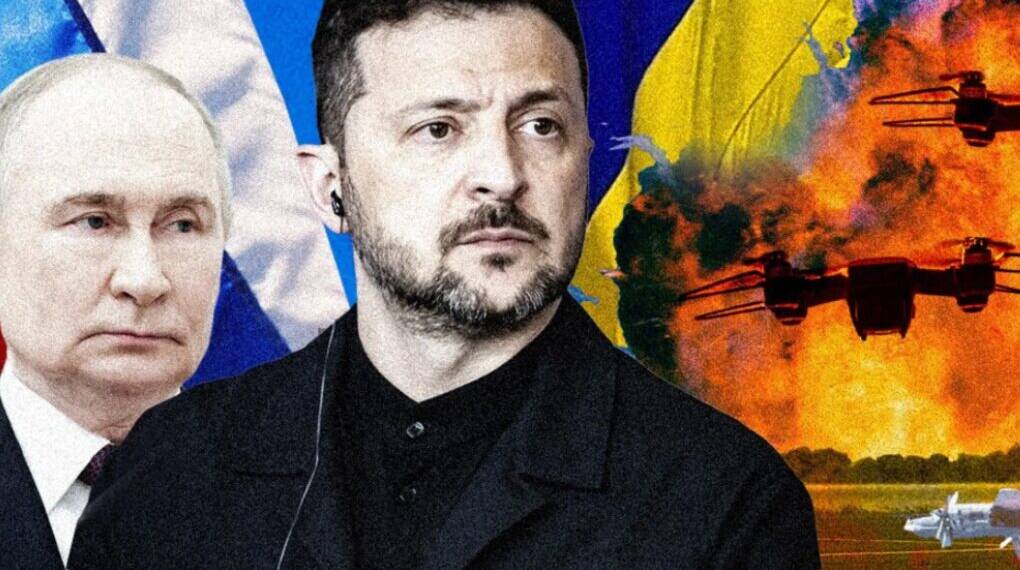On August 2, 2025, the International Atomic Energy Agency (IAEA) reported that its monitoring team at Ukraine’s Zaporizhzhia Nuclear Power Plant (ZNPP)—the largest nuclear facility in Europe, heard explosions and observed smoke rising from a nearby auxiliary facility. The plant confirmed in a statement that the auxiliary site, located approximately 1,200 meters from the plant’s perimeter, had been struck by what appeared to be a combination of artillery shelling and drone attacks.

IAEA Director General Rafael Grossi reiterated the agency’s warning: “Any attack in the vicinity of a nuclear power plant…poses potential risks also for nuclear safety and must be avoided. Once again, I call for maximum military restraint near nuclear facilities to prevent the continued risk of a nuclear accident”.
Persistent Threats to Nuclear Safety
Since Russian forces occupied Zaporizhzhia on March 4, 2022, the plant’s grounds have been militarized, with weapon stockpiles and military equipment housed within its technical buildings. By late 2022, all reactors were shut down and remain in cold shutdown; currently, no electricity is being generated.
However, the site and its surrounding areas continue to witness hazardous incidents: drone overflights, sporadic gunfire, power line disruptions, and repeated attacks. The latest blast is part of this ongoing pattern, demonstrating the volatility and complexity of warfare near sensitive infrastructure.
Despite these dangerous escalations, the IAEA has repeatedly confirmed that—thus far—there has been no spike in radiation levels or any direct critical damage to the ZNPP reactors themselves. The auxiliary site’s attack and visible smoke, however, reinforce the precarious nature of the situation and the grave concern that a miscalculation or escalation could have dire cross-border effects.
Is the Conflict Turning Nuclear?
While the Zaporizhzhia incident raises alarms about nuclear safety, there is no indication that the war is entering a “nuclear phase” in the sense of intentional use of nuclear weapons. Analysts, international agencies, and heads of state routinely distinguish between the risks posed by active conflict and military strikes near nuclear sites, and the deliberate use of tactical or strategic nuclear arms by any party.
The Russians’ control of Europe’s largest nuclear station acts more as “nuclear blackmail,” raising the stakes by threatening an environmental and humanitarian disaster rather than signaling imminent nuclear weapons use. So far, repeated Western intelligence assessments have found no evidence of changes in Russia’s nuclear weapons posture, but they remain acutely aware of the danger posed by missile strikes, drone attacks, and ongoing fighting so close to vital nuclear infrastructure.
Strategic Calculations
The continuing militarization of Zaporizhzhia’s site serves several strategic objectives for Russia:
-Securing an energy asset that could one day be connected to Russia’s grid
-Creating permanent anxiety in Ukraine and Europe over the specter of a potential nuclear incident
-Possibly attempting to deter Western involvement by holding out the threat of nuclear catastrophe—even if unintended.
Expected EU and US Responses
Both the European Union and the United States have consistently condemned Russian military activity around Zaporizhzhia, calling for international law and the Geneva Convention’s Additional Protocols to be respected regarding civilian nuclear facilities. Their stance includes:
-Urgent calls for Russia’s withdrawal from the plant to restore Ukrainian operational control and ensure safety,
-Strong support for IAEA’s continuous monitoring and diplomatic pressure to maintain civil (not military) stewardship of nuclear assets,
-Statements emphasizing that any radiological incident—whether accidental or as a result of military action—would have catastrophic humanitarian and geopolitical consequences, with ripples felt across Europe and beyond.
Europe has increased preparedness for potential fallout incidents, running contingency drills and stockpiling iodine supplies to boost resilience. Nevertheless, the principal Western response remains one of diplomatic condemnation, vigilance, and support for non-weaponization of the crisis rather than direct military escalation.
The explosions and smoke reported at Zaporizhzhia are a sobering reminder of the ever-present danger as war rages near one of the world’s most sensitive nuclear sites. They have not, however, shifted the conflict to a “nuclear war.”
Instead, the situation heightens fears of an accidental or deliberate nuclear disaster used as a lever of psychological and political pressure. Russia’s continued occupation of the plant and persistent hostilities in the area ensure that Zaporizhzhia will remain an international flashpoint, with the EU, US, and IAEA pushing for the demilitarization and civilian control of Ukraine’s critical nuclear infrastructure








